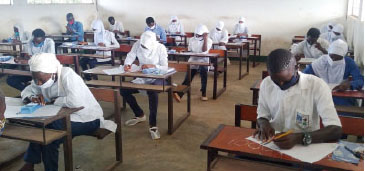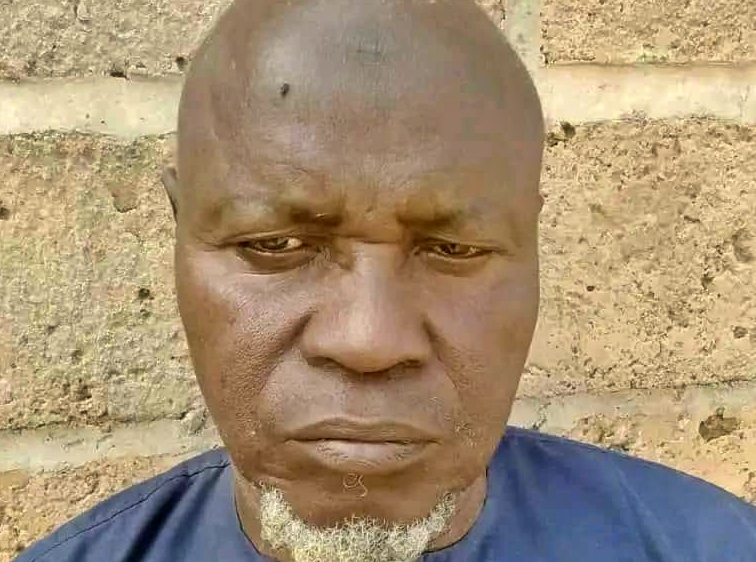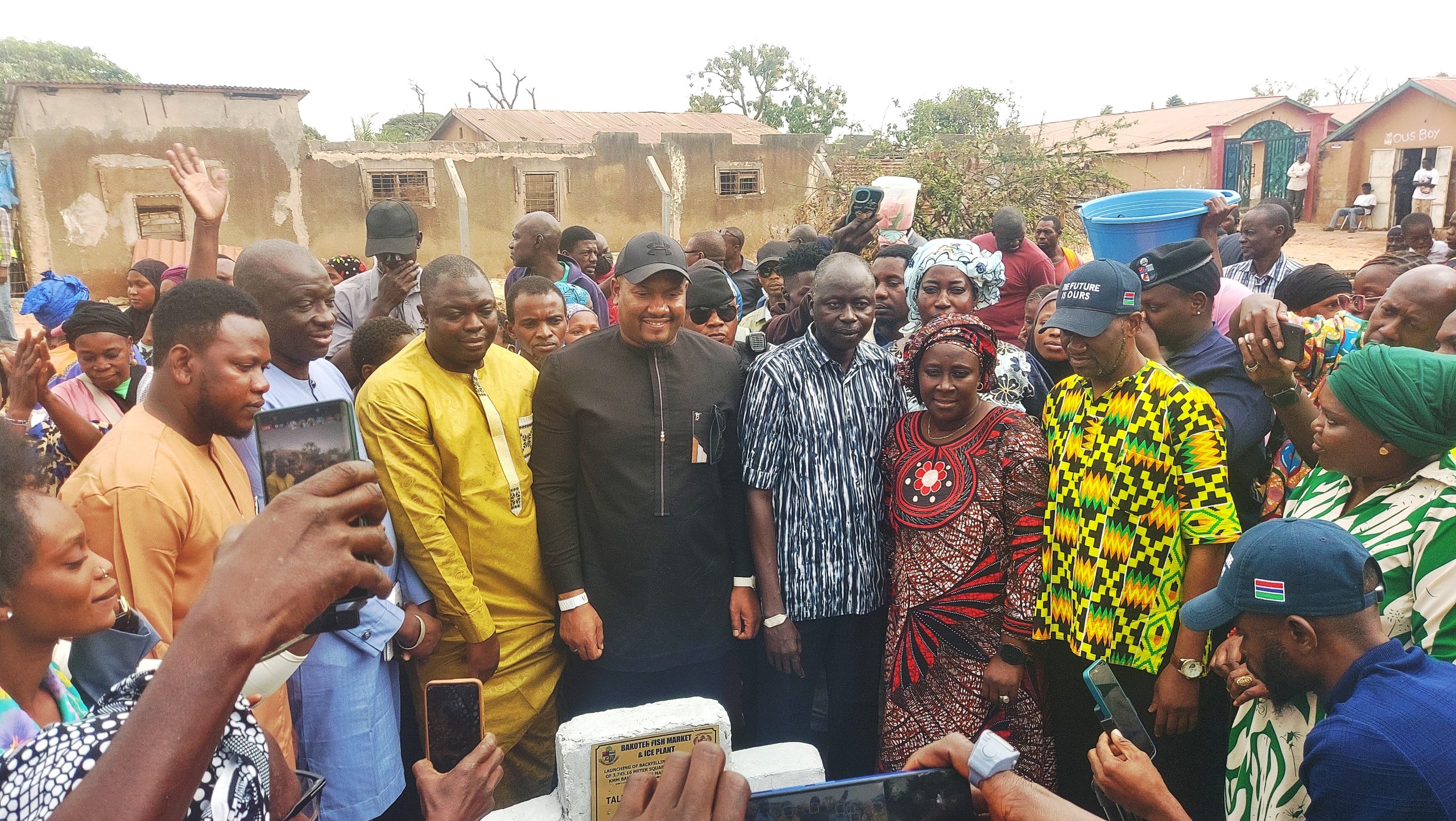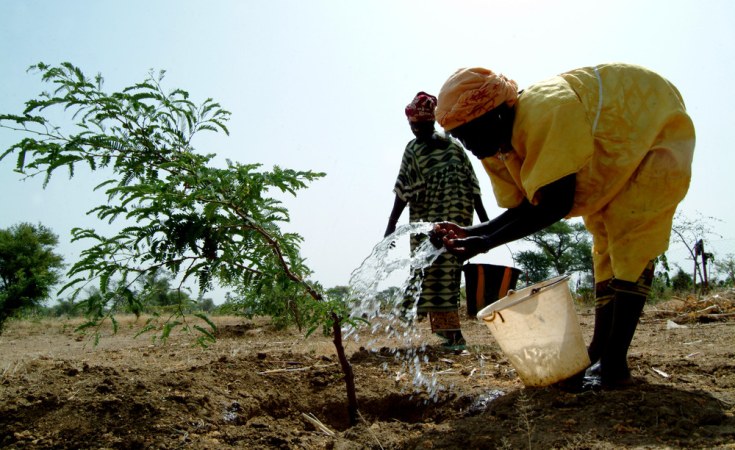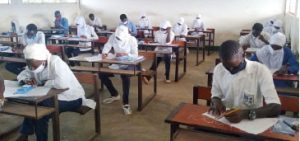Gambiaj.com – (BANJUL, The Gambia) – Women are the defenders of the ecological resources of Gambian communities. Women observe sustainable methods of harvesting wild fruit and leaves, cooking practices and cultivation, in their daily activities linked to feeding the family. The literature on ecological care and sustainable environmental use cannot be complete without mentioning the peculiar contributions of women[1]. I will focus on observed situations of women navigating environmental and ecological balance in the Upper Saloum District settlements of six villages of Panchang[2] to explain this sustainable use of the environment[3].
Sustainable Harvesting
Women in these communities avoid destructive harvesting of plant resources. While men cut trees for timber, to burn charcoal or erect roofs, women in these villages engage in sustainable methods of harvesting by paying close attention to method of harvesting, season of harvesting and quantity of the harvest to ensure continuous regrowth and regeneration.
Lalo Mbeep
Lalo Mbeep is the Wollof for the Sterculia, which is tapped from the Mbeep tree[4].The rubber like liquid is used for seasoning Chereh, the staple evening diet in this area of The Gambia. The Mbeep tree is tapped using small knives and the liquid is allowed to ooze out for three days before it is collected, dried and then used as season for the Chereh. Without Mbeep, there is no Chereh and since Chereh is the staple diet in this community, women do all it takes to ensure that the Mbeep tree is harvested sustainably and protected from destruction. This is why only very small knife blades are used to excise the Mbeep tree stem and not heavy bladed objects like cutlass.
Women in these villages know that the food security of the family depends on the availability of the Lalo Mbeep, which is why they have, over the decades, evolved many wise ways of not only preserving the Mbeep tree, but also the Mbeep latex itself so that when it is off season, like in the summer months of July to October, they will still have Mbeep to season the Chereh dish. Mbeep is also now supporting income generation of women who sell the excess in the weekly community Loumo markets in Panchang Wharf Town and Wassu.
Lalo Gouye
During the months that the Mbeep is scarce due to its seasonality, women use the alternative Lalo Gouye, which is baobab leaves to season the Chereh. The Baobab is endemic in this part of the country, and its leaves are collected, dried, pounded, sieved and then used to season Chereh and as additives in other meals like Domoda. The baobab leaves are collected sustainably such that only fully matured leaves are harvested. Women climb the tree or use knives hoisted on long poles to meticulously cut the matured leaves. In some cases, women will advise each other which baobab tree should be harvested at which week or day to ensure sustainable use. Women are also well informed about the medicinal values of the Lalo leaves and other plants found in the bushes around the villages, and extract them to find healing.
Dimb
Dimb is the Cordyla Africana. It is common tree in the communities that form the scope of this study. The Dimb tree produces the Dimb fruit, which is collected and cooked to eat with the Chereh dish. When fish or meat become unavailable or too expensive, Dimb is eaten with the popular Chereh. Women harvest the Dimb fruit only during certain weeks in late June to late July. This is another technique of sustainable use of this tree. Unfortunately, the recent craze in timber harvesting has led to the cutting down of most Dimb trees[5]. This has deprived women of a dependable source of food, shade and medicine. Besides fruit, women also collect leaves for food.
Mboom
During the summer months, women in the community harvest wild leaves to cook with groundnuts powder into Mboom, also eaten with Chereh. Of course the leaves collected are edible and women know which are eatable, and which are not, at which specific time of the year. This is a women based traditional ecological knowledge which is worth studying and documenting. I observed that women harvest the finer leaves only; more mature leaves are deemed diji and unsuitable for human consumption and left to grow. Moreover, women cut the leaves not the stems or the whole plant. They take the minimum they require, and allow the plant to grow. Indeed, there are the Mboom Keur, like the Never Die Moringa tree which is domestic, and Mboom Ala, the wild Mboom which grows during the rains. In any case, even when weeding the farm, utmost care is taken not to cut all the Mboom Ala, because it could be needed for food further done the rainy season. Such care extends to choosing fuel wood.
Firewood, Yes; Charcoal, Unknown
It is observed that to protect plants, women do not cut or use just any trees for fuel wood. In fact, they hardly cut trees or plants for firewood. These villages are still outside the national electric grid and depend solely on firewood for cooking. Yet, women are quite selective in what twig is used to cook. I realize that they do not cut, but they collect branches and plants that are dried already. This also tells us a lot about the ecological sensitivities of women. Moreover, not all plants are lighted to cook. Local lore forbids certain plants from being used as firewood.
Superstition has it that when you light up certain wood, your dish will be unpalatable due to the smoke, or that the cook will have sores on her face! Charcoal burning and use is a most recent phenomenon in these villages. In the past, women lighted big logs in the cooking area or inside the rooms which could glow for days, serving the whole compound’s need to heat or boil. This is a wise way of obviating widespread use of charcoal.
Women in Panchang also ensure sustainable use of firewood by doing what is Loobu. During the months of May and June, they collect as much dried wood as possible to keep in stock knowing that when it starts to rain, dry wood will be hard to get.
Certain woodlots around the villages are protected such that no felling or collection of wood is allowed. These include the cemeteries and sacred bushes.
Conclusion
Women in Panchang, by their activities are natural protectors of the environment. By their wise harvest ways they also sow, not uproot. This is wisdom because they require the shade of trees, the fine leaves of many plants for food supplements and additives, branches and twigs to enclose their vegetable patches outside the village for their small ruminants, leaves to feed their ruminants during the dry season etc. The ecological knowledge of women regarding seasonality of trees’ harvest time, for example, needs further studies and documentation as pointers to traditional methods of sustainable use of the environment.
The Author, Hassoum Ceesay, is a Gambian historian, writer, and curator at the Gambia National Museum. He is one of the most prolific Gambian historians.
References




